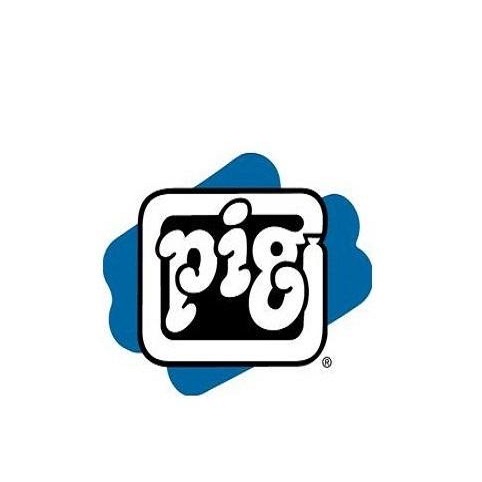We propose a general strategy for autonomous guidance and insertion of a needle into a retinal blood vessel. The main challenges underpinning this task are the accurate placement of the needle-tip on the target vein and a careful needle insertion maneuver to avoid double-puncturing the vein, while dealing with challenging kinematic constraints and depth-estimation uncertainty. Following how surgeons perform this task purely based on visual feedback, we develop a system which relies solely on \emph{monocular} visual cues by combining data-driven kinematic and contact estimation, visual-servoing, and model-based optimal control. By relying on both known kinematic models, as well as deep-learning based perception modules, the system can localize the surgical needle tip and detect needle-tissue interactions and venipuncture events. The outputs from these perception modules are then combined with a motion planning framework that uses visual-servoing and optimal control to cannulate the target vein, while respecting kinematic constraints that consider the safety of the procedure. We demonstrate that we can reliably and consistently perform needle insertion in the domain of retinal surgery, specifically in performing retinal vein cannulation. Using cadaveric pig eyes, we demonstrate that our system can navigate to target veins within 22$\mu m$ XY accuracy and perform the entire procedure in less than 35 seconds on average, and all 24 trials performed on 4 pig eyes were successful. Preliminary comparison study against a human operator show that our system is consistently more accurate and safer, especially during safety-critical needle-tissue interactions. To the best of the authors' knowledge, this work accomplishes a first demonstration of autonomous retinal vein cannulation at a clinically-relevant setting using animal tissues.
翻译:暂无翻译



